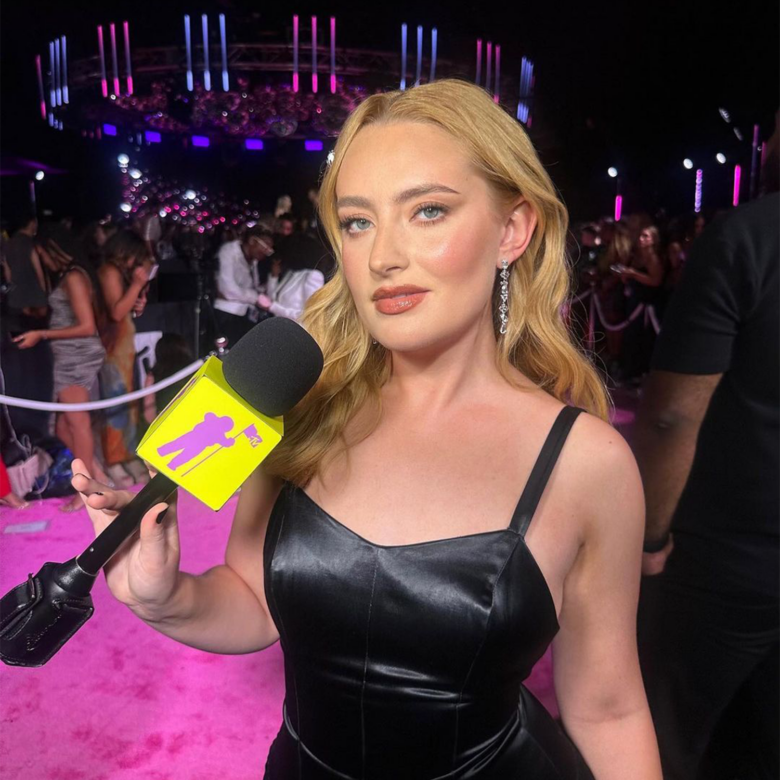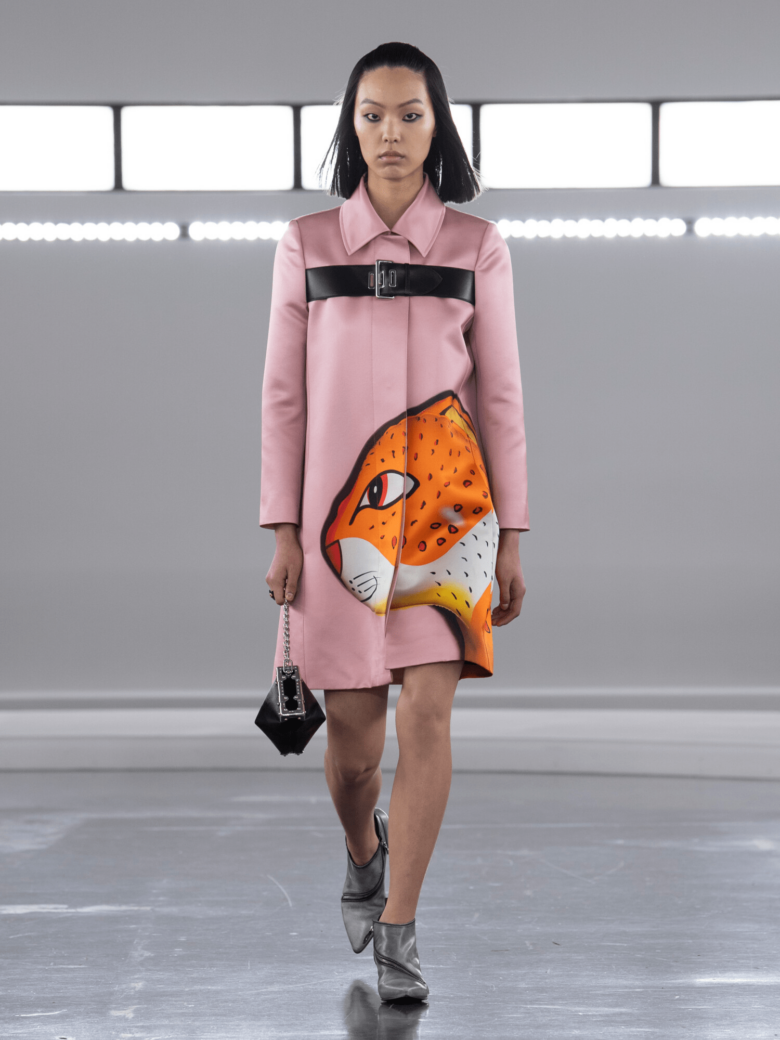Zoe Bedeaux on “non-performance” and the transformative power of sound
One of London’s most influential stylists of the 1990s, Zoe Bedeaux worked with the likes of Grace Jones and Juergen Teller before building her reputation as a visual artist. This autumn, she curated Gossamer, a group show featuring works by Man Ray, Sarah Lucas, Daido Moriyama and Senga Nengudi at Carl Freedman Gallery in Margate. For the exhibition’s opening night, Zoe staged a live action work in the gallery space as part of her ongoing experiments with invisibility, masking and voice. Robert Diament spoke to her to learn more about the role of non-performance in her practice and the transformative power of sound.
Robert Diament: Why do you describe your live action works as non-performance?
Zoe Bedeaux: People get to see aspects of me, but they don’t see my full body. I’m never in front of a camera where you can see my face. There’s always an element of masking in these non- performances. As I dissolve the body in these roles people actually get to experience who I really am. So by not seeing me you get to really see me. I associate performance with entertainment and what I’m doing is not entertainment. I’ve never had a desire to be a performer or to be performative in my work. My desire is to convey. Being Black, this is one area in which we have allowed to be seen. We can entertain you, but we can’t challenge you and that makes me uncomfortable. In the height of the Civil Rights Movement, the Jim Crow laws were even more strident as the struggle for equality continued. Black entertainers were still having to use separate toilets and entrances. It was disgusting. My work and what I’m saying is about life, it’s spiritual and it’s temporal, bringing the esoteric into the exoteric realms. Meaning is not always obvious. I create metaphors and aberrations, it’s rarely direct but the message becomes clear.
RD: I feel like you’re constantly creating and making work, but you don’t tell people that you’re doing it.
ZB: I don’t need to tell people. I don’t need to talk about it. For me, that dispersal of energy is a waste [of energy] as I need that energy to do the work. I speak to so many people and they’re always talking about what they’re doing. Things that don’t materialise, so… what happens to that project? If you stop talking about it and start doing it, things can happen.
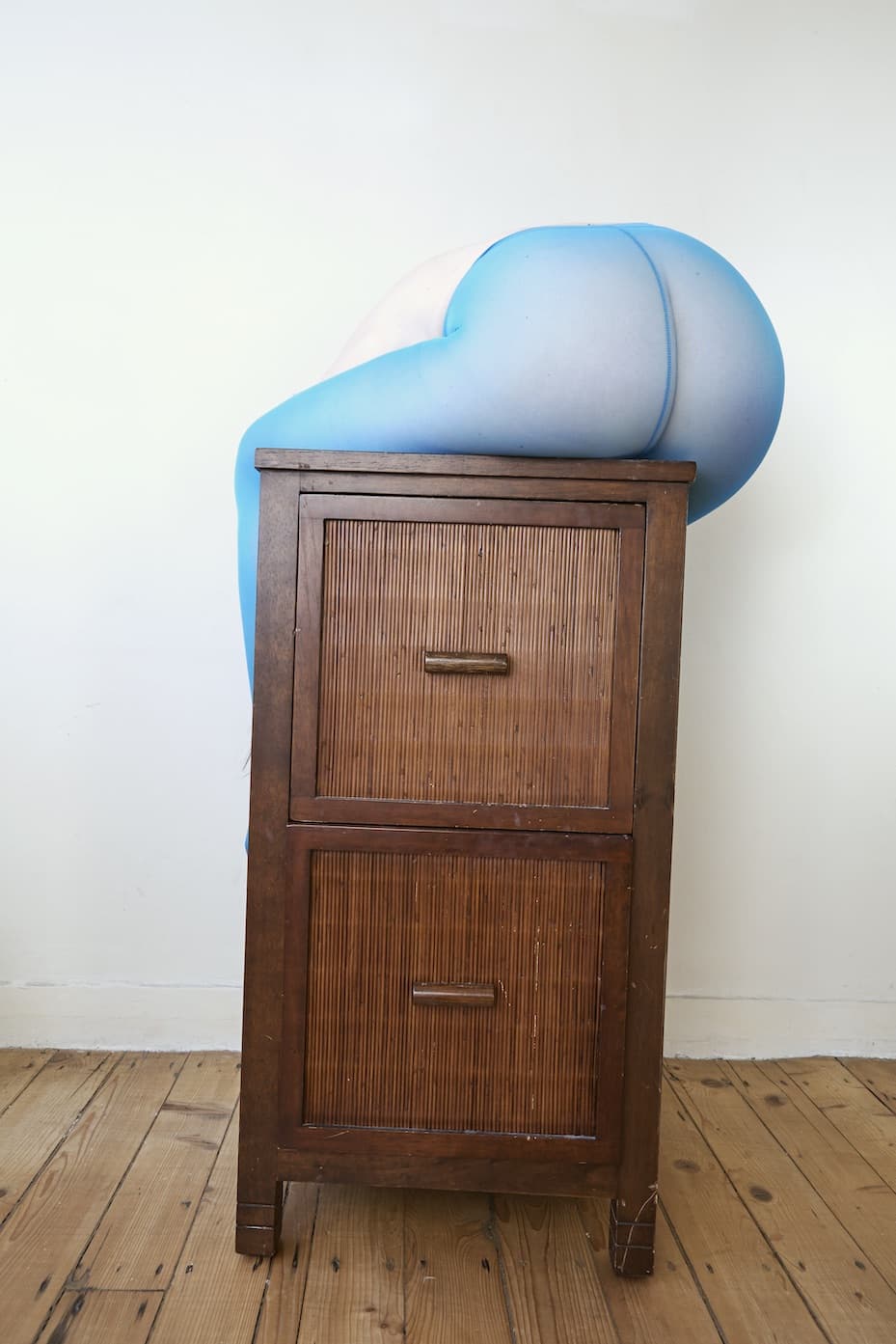
RD: I find that through your non-performance, through you trying to dissolve your body, the voice becomes a communicating force more powerful than it usually is.
ZB: I think it becomes distilled. That’s all you’ve got to work with, there is nothing else.
RD: It’s almost like the voice is floating in air. Because it’s live, you can feel the person is there but you’re not there. By the end of it, as an audience member, you join in with the trance of it all. There’s a pulse to it, a rhythm. Like in your visual poem “From the Mouth of Babes Speak I”, which you exhibited as part of Get Up, Stand Up Now at Somerset House. In that piece, the audio element is so important.
ZB: It’s all about the audio. [In that piece] I am heavily made up, but the make-up is made to look like a mask. The reveal is also the integral piece, a soft sculpture that I made, which I am wearing and I am actually part of. They’re written in a way where it’s really about how I’m speaking and the manipulation of the words and that creates the rhythm. There’s a hypnotic aspect to them as I use a lot of semantic incantations. It is the world of magic. The invisible poetess is a textual healer, an oracle of all time that is now! The poems go beyond your immediate field of consciousness. Even if people can’t remember the words, they are left with the power and the resonance.
RD: By the time your voice got deeper, it felt like you were flying, particularly because I couldn’t see you.
ZB: Sound is one the most powerful vibrations in the universe, it’s clear and changes the energy that surrounds it. That’s why music is so powerful. Strip a song back without any music and there’s nothing else to get lost in other than words. You are transported to a different field.
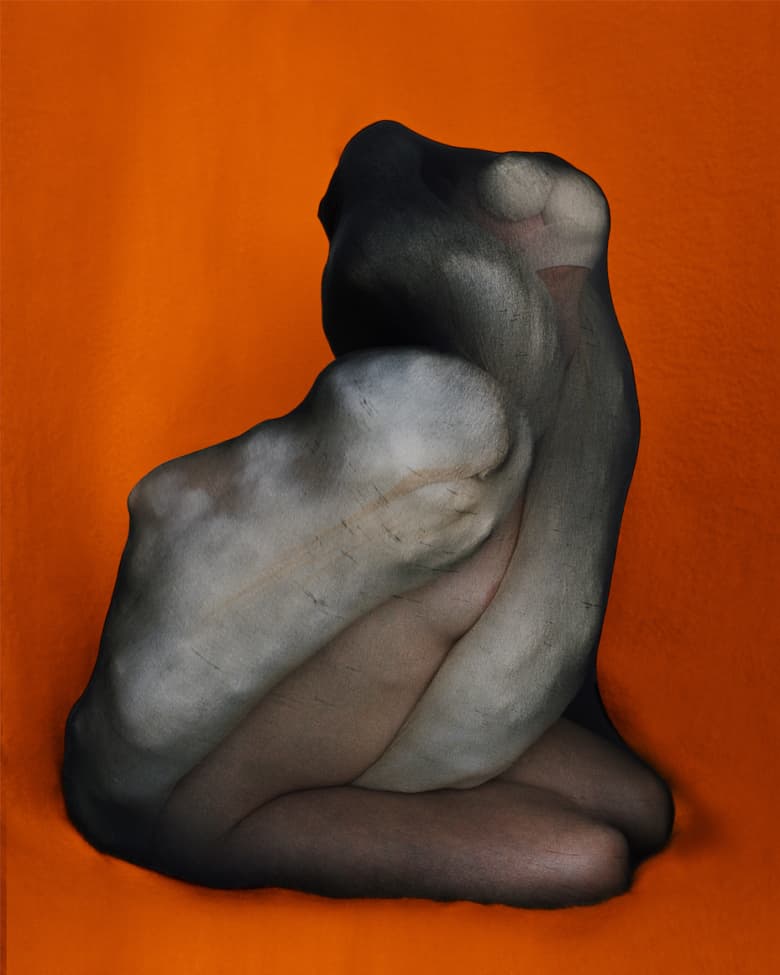
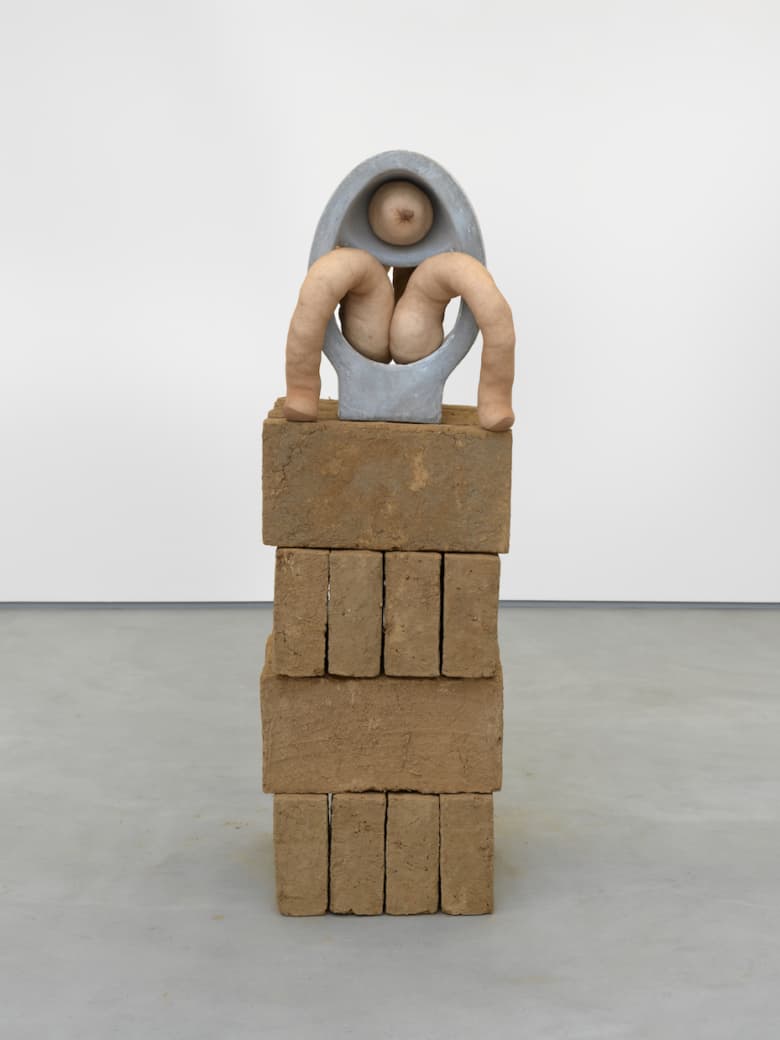
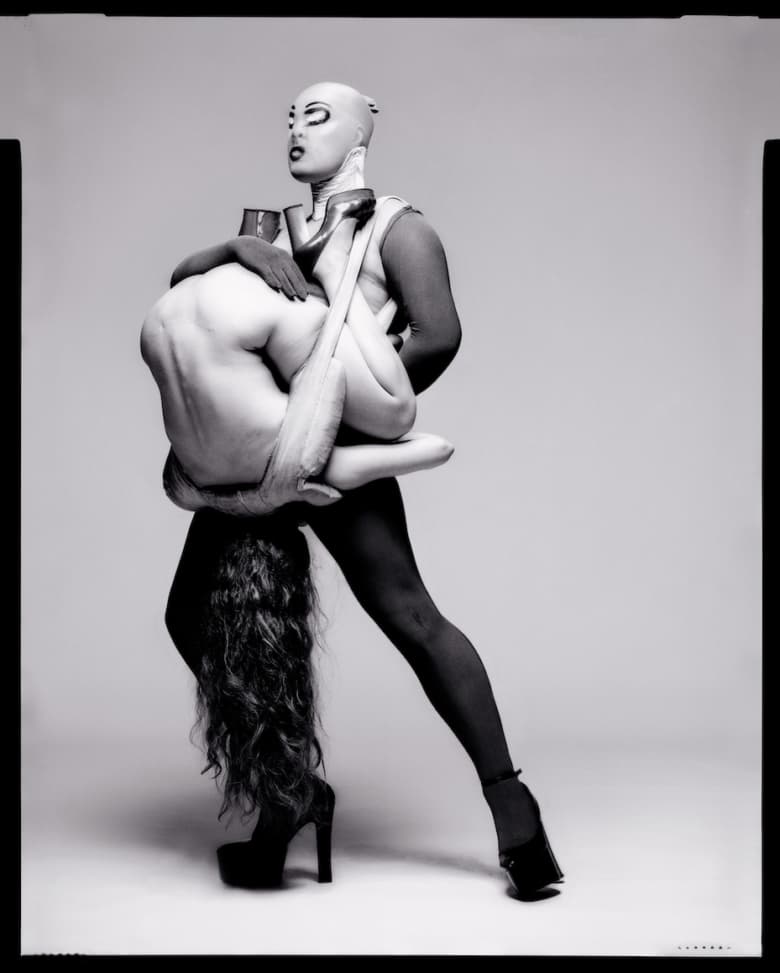
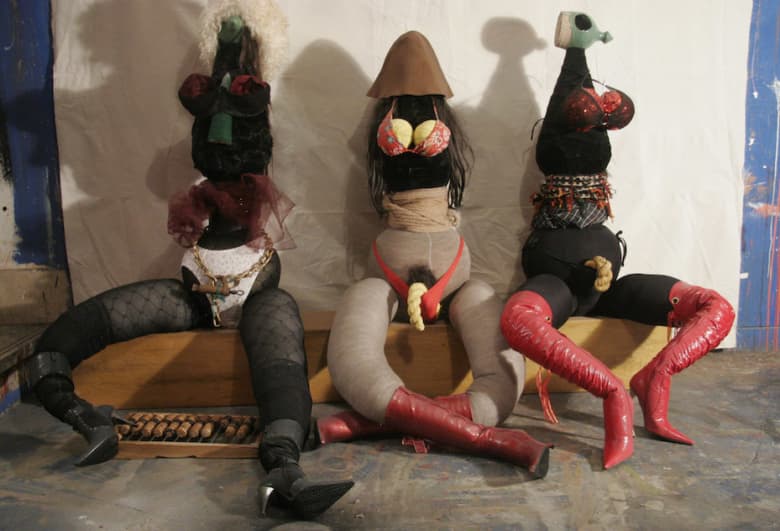
Gossamer runs until 15 December at Carl Freedman Gallery, Margate.
Taken from HUNGER’s Listen Up issue. Click here for further information or to purchase.
